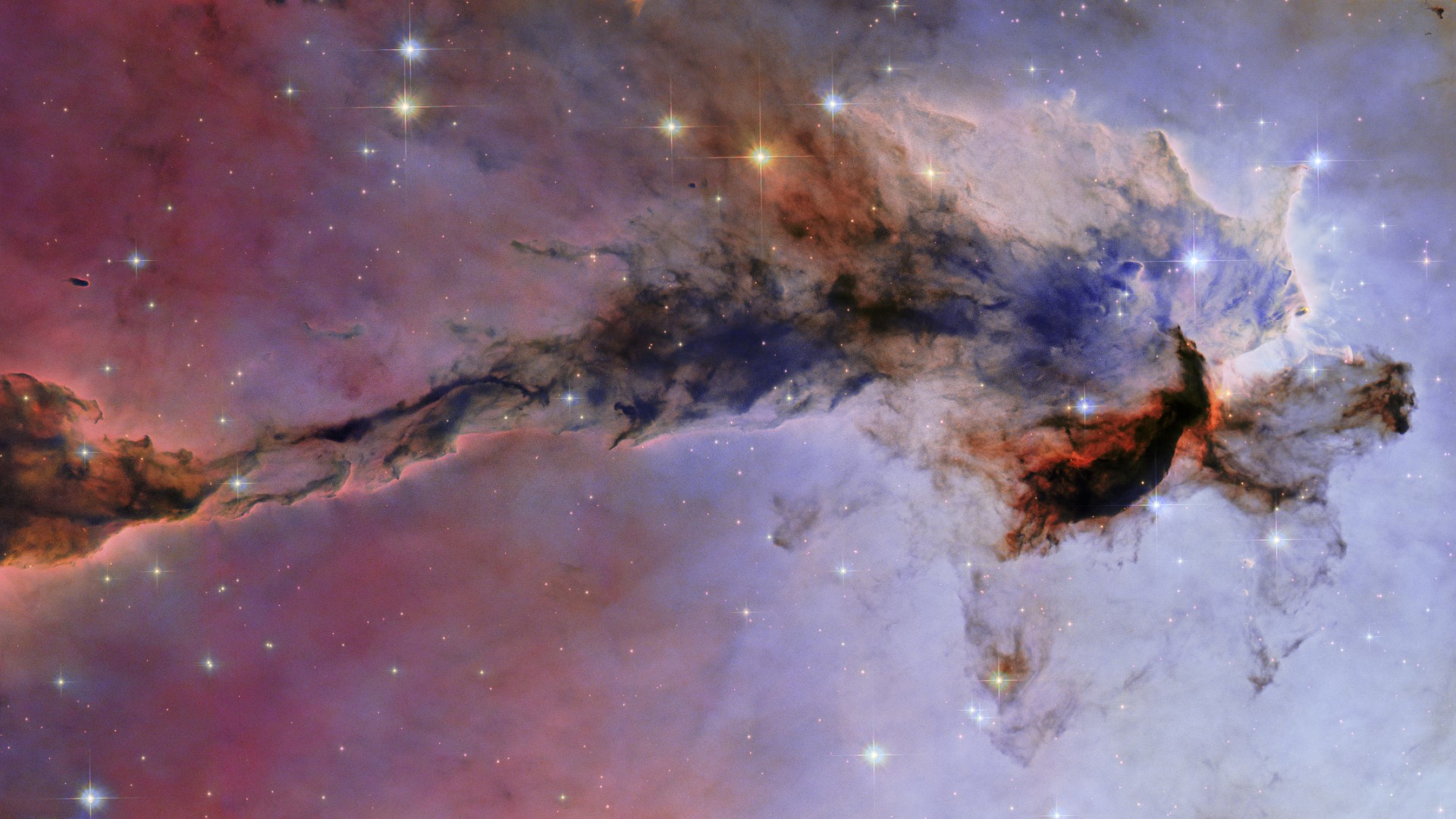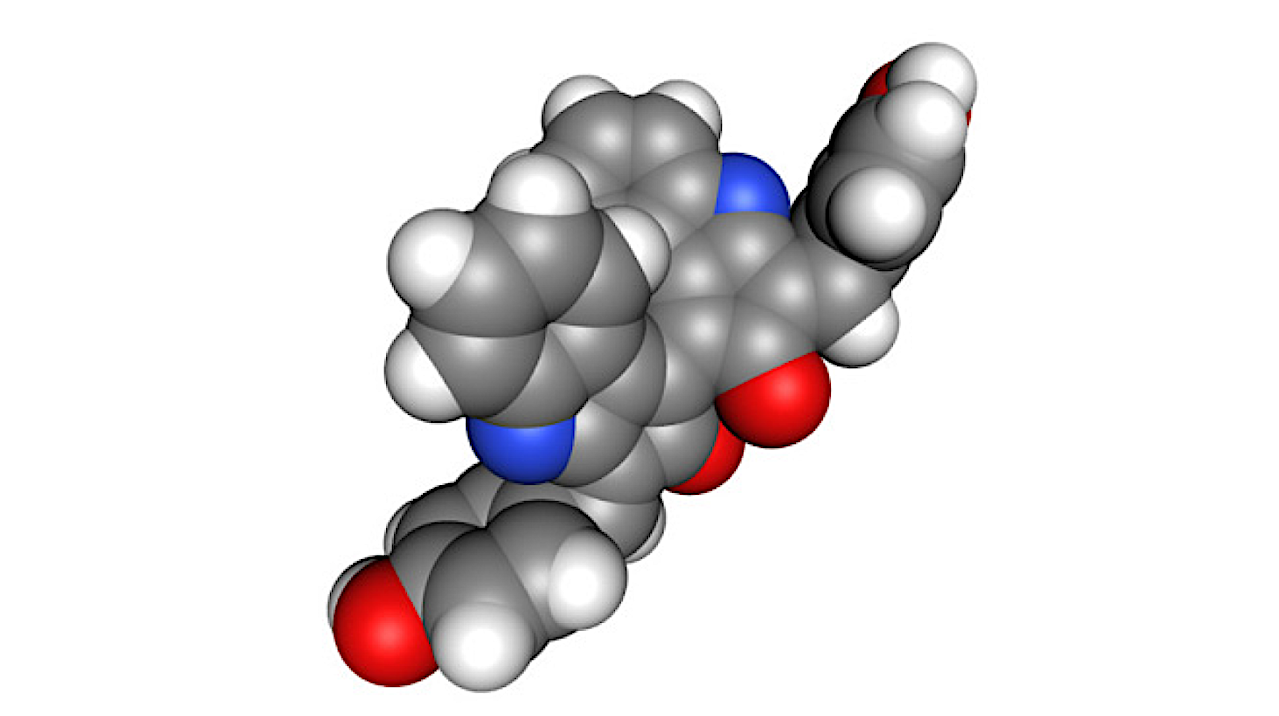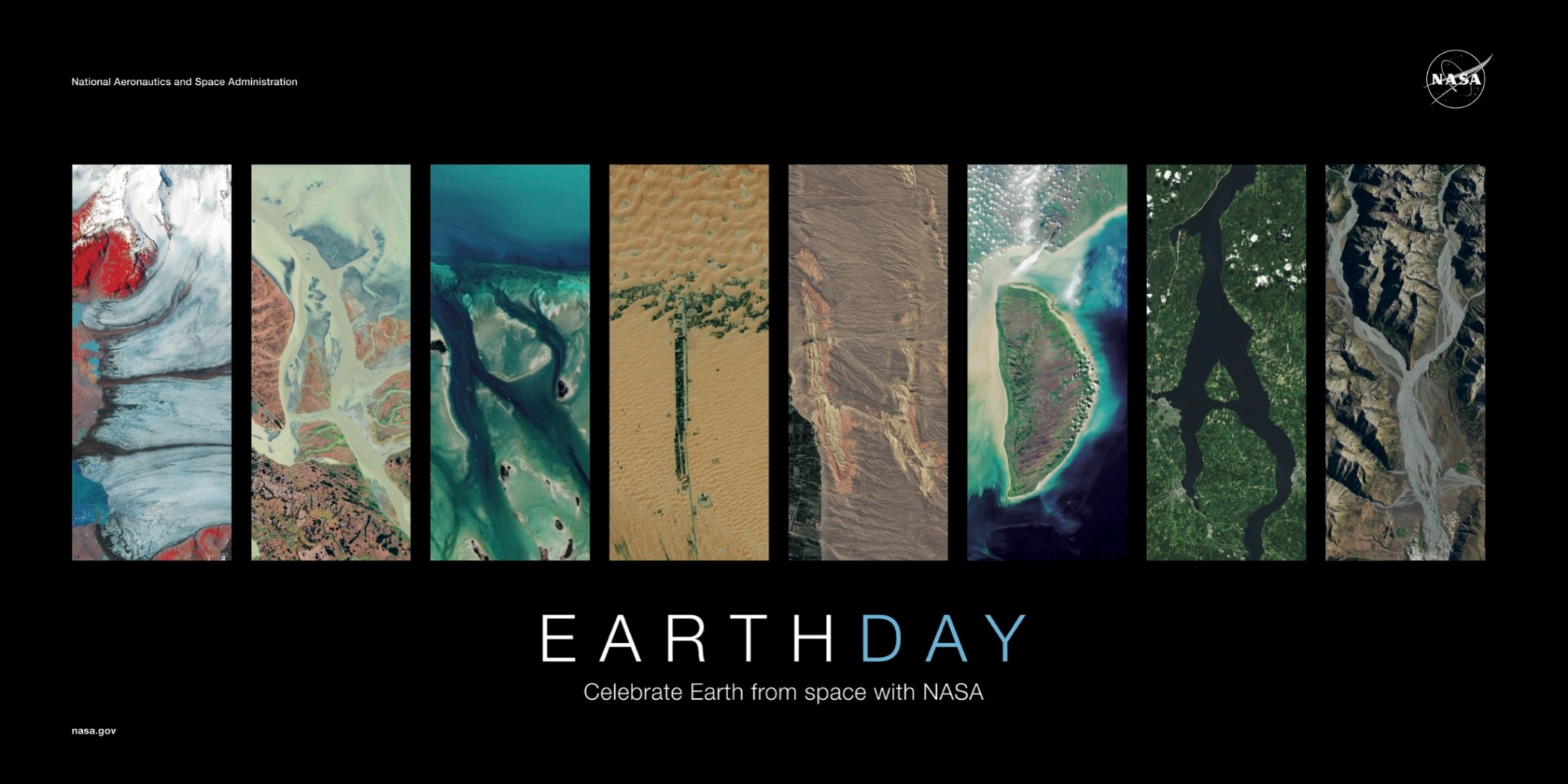Now Reading: Colorful Eagle Nebula glows in stunning new image from Hubble Telescope
-
01
Colorful Eagle Nebula glows in stunning new image from Hubble Telescope
Colorful Eagle Nebula glows in stunning new image from Hubble Telescope


A breathtaking new image of the famous Eagle Nebula captures a towering pillar of gas and dust sculpted by intense stellar radiation.
The Eagle Nebula, also known as Messier 16, is located about 6,500 light-years from Earth in the constellation Serpens. It is a well-known stellar nursery with vast swaths of cosmic dust and gas from which new stars are born.
The nebula is famously known for the iconic “Pillars of Creation” image taken by the Hubble Space Telescope in 1995. A new image taken by the space telescope showcases a lesser-known pillar within the Eagle Nebula, revealing its complex textures and the effects of intense ultraviolet radiation from baby stars sculpting the surrounding gas and dust, according to a statement from the European Space Agency.
“Unfurling along the length of the image is a pillar of cold gas and dust that is 9.5 light-years tall,” ESA officials said in the statement. “As enormous as this dusty pillar is, it’s just one small piece of the greater Eagle Nebula.”
The recent Hubble image was created using new data processing techniques developed since Hubble last studied this region in 2005. Astronomers are revisiting exciting Hubble targets like the Eagle Nebula in honor of the space telescope’s upcoming 35th anniversary this week.
The Eagle Nebula is shaped by dense clouds of gas and dust that create a silhouette resembling an eagle with outstretched wings. A cluster of young stars lies outside the frame of this new Hubble image, but has impacted the formation of nearby cosmic structures. Denser gas regions are more resistant to radiation and stellar winds from young stars, allowing them to remain as dusty sculptures, like this newly imaged star-forming pillar.
“The Eagle Nebula is one of many nebulas in the Milky Way that are known for their sculpted, dusty clouds,” ESA officials said in the statement. “Nebulas take on these fantastic shapes when exposed to powerful radiation and winds from infant stars.”
Stay Informed With the Latest & Most Important News
-
 012024 in Review: Highlights from NASA in Silicon Valley
012024 in Review: Highlights from NASA in Silicon Valley -
 02Panasonic Leica Summilux DG 15mm f/1.7 ASPH review
02Panasonic Leica Summilux DG 15mm f/1.7 ASPH review -
 03From Polymerization-Enabled Folding and Assembly to Chemical Evolution: Key Processes for Emergence of Functional Polymers in the Origin of Life
03From Polymerization-Enabled Folding and Assembly to Chemical Evolution: Key Processes for Emergence of Functional Polymers in the Origin of Life -
 04How New NASA, India Earth Satellite NISAR Will See Earth
04How New NASA, India Earth Satellite NISAR Will See Earth -
 05And Thus Begins A New Year For Life On Earth
05And Thus Begins A New Year For Life On Earth -
 06Astronomy Activation Ambassadors: A New Era
06Astronomy Activation Ambassadors: A New Era -
07SpaceX launch surge helps set new global launch record in 2024




















